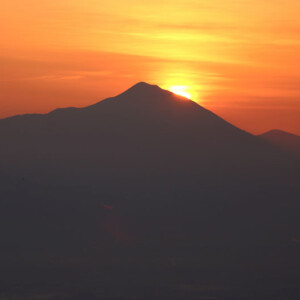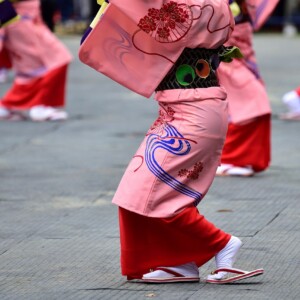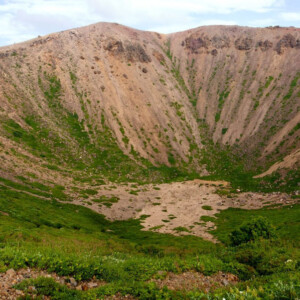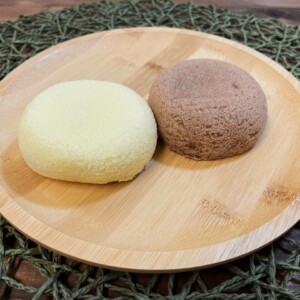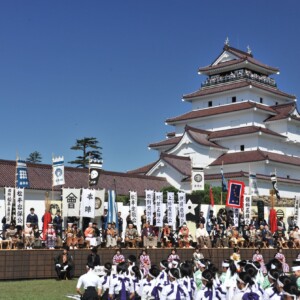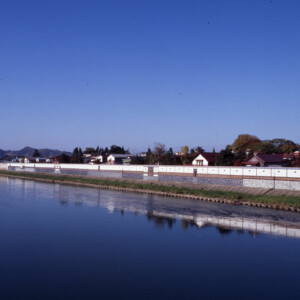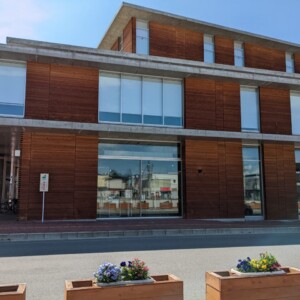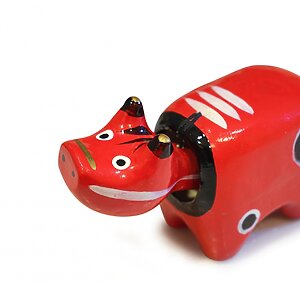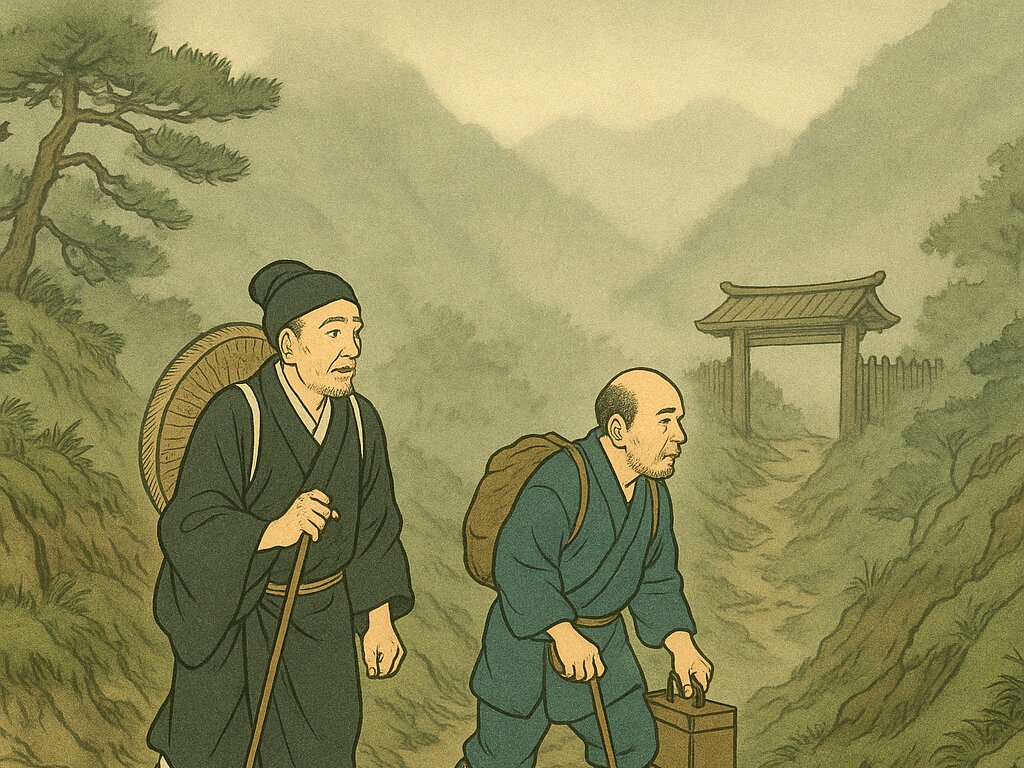
[Serialization: Following the narrow path in the back of the mountain ⑤] Struggling with the narrow path through the mountain pass and the difficult checkpoints, we headed to Dewa Province
table of contents
- 1 What is Oku no Hosomichi?
- 2 [Mt. Iwade] Aim for Naruko Onsen from Ichinoseki, but turn back at sunset and stay at Mt. Iwade
- 3 [Urine-front Seki] Know the difficulty of crossing checkpoints and mountain passes
- 4 [Obanazawa] Basho stayed for a long time, happy to be reunited with the haiku poet he fell in love with
- 5 [Tateishiji Temple] Famous poems are left at Yamadera, one of the most sacred mountains in Mutsu
- 6 [Detour to the back ⑤] How many haiku appear in the text? What is the merged low ear?
- 7 summary
- 8 [Series: Following the Oku no Hosomichi] Series article
Matsuo Basho and Kawai Sora, who had traveled all the way from Edo to Hiraizumi, Oshu, to fulfill a big purpose, headed from Ichinoseki in Iwate Prefecture to Dewa (Yamagata/Akita). I did. According to Sora's travel diary, he left Ichinoseki on May 14, 1689 (6/30 in the new calendar), passed through Mt. Iwade in Miyagi, and entered Yamagata from what is now Sakai Tagoe on National Route 47. Masu.
What is Oku no Hosomichi?
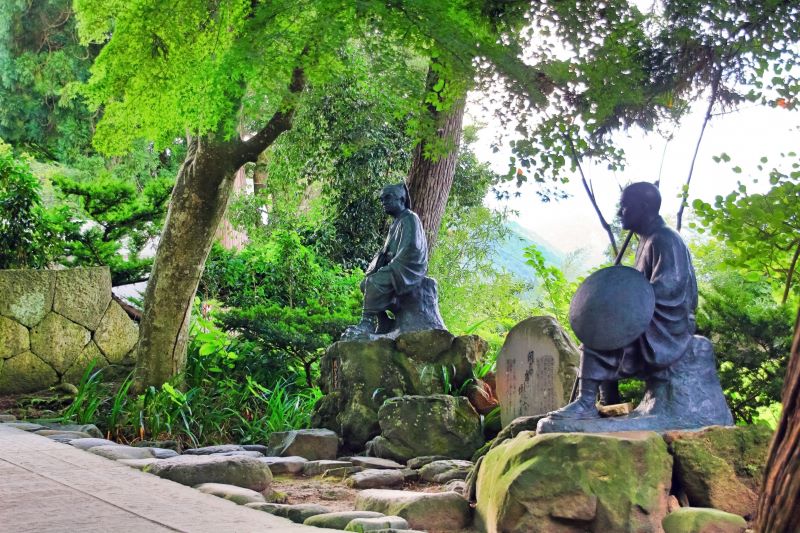
``Oku no Hosomichi'' is a collection of travelogues in which the haiku poet Matsuo Basho and his disciple Sora Kawai travel from Edo to Mutsu, from Hokuriku to Ogaki in Gifu, while composing haiku and visiting Utamakura and famous historical sites. .
Utamakura refers to famous historical sites whose images and emotions were woven into waka poems by poets from ancient capitals, and were the object of admiration for poets and haiku poets.
In the preface, Months and days are travelers for a hundred generations, and every year that comes and goes is also a traveler'' . It appears in textbooks and is translated as "It's like a traveler."
It introduces the climate of Michinoku and the haiku poems that were composed there, and is a record of the 156-day journey of approximately 2,400 km from its departure on March 27, 1689 (May 16, 1689).
[Mt. Iwade] Aim for Naruko Onsen from Ichinoseki, but turn back at sunset and stay at Mt. Iwade
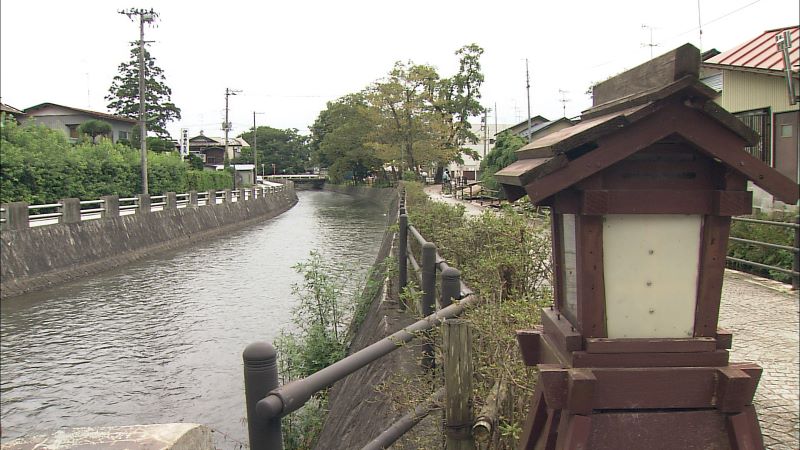
Basho passes Mt. Iwade once and Ogorozaki and Mizu no Kojima , but the text only mentions their names. is.
Currently, the statue of Basho that previously existed in Ogurosaki has been removed, and the ``rock with a pine tree in the middle of the river'' has been buried in sand due to heavy rain, and only the guide plate is standing empty in both places.
Because Basho was far from here to Naruko Onsen, he returned to Mt. Iwade and stayed at a hatago.
By the way, the town of Iwadeyama is home to the ruins of Iwadeyama Castle, which was the base of Date Masamune before he built Sendai Castle, and the beautiful old townscape still remains and you can enjoy walking around the city.
Iwadeyama Castle Ruins<Information>
- Facility name: Iwadeyama Castle Ruins (Iwadeyama Fortress Ruins)
- Location: Shiroyama, Iwadeyama, Osaki City, Miyagi Prefecture
- Phone number: 0229-72-1211 (Osaki City Hall Iwadeyama General Branch Regional Promotion Division)
- URL: Osaki City Official Website (Osaki Tourist Information)
Google Map
[Urine-front Seki] Know the difficulty of crossing checkpoints and mountain passes
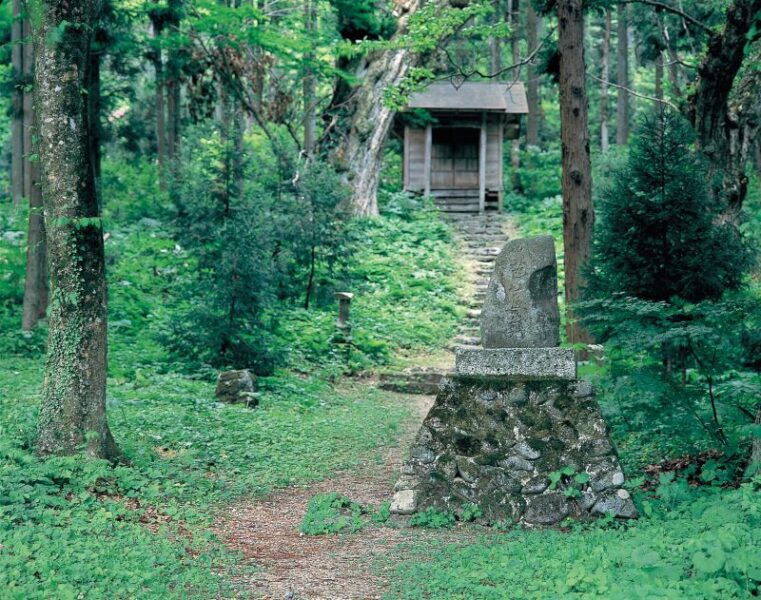
The pass on the border was also called Sakai Tagoe or Nakayama Goe, and although it was at a low altitude, it was a difficult road with a series of steep "narrow roads."
However, it is not just the road that is difficult; Shitomae- no-Seki checkpoint , Basho and Sora become suspicious of officials and take their time to investigate. It will take a while.
Afterwards, in the rain, we are sent to the village of Sakaida to stay at the house of a ``fujin'' who is in charge of border security, but we are unable to move due to the heavy rain and stay here for two nights.
It is a fine private house with a large hearth, and you can still tour the inside of it as a , the former Arijike residence In addition, the area around Sakaida is a horse-producing area, and Basho was moved by the atmosphere of the horses, where they were kept indoors to protect them from the cold, and he wrote this poem here.
Seki before urine <Information>
- Facility name: Urimae no Seki
- Address: 140 Naruko Onsen Urimae, Osaki City, Miyagi Prefecture
Google Map
Lice (lice) Horse urine (burr) Pillow base (Basho)
The literal translation , ``If you stay in a poor house, you will be eaten by fleas and lice, and there will be a horse by your pillow, and the sound of its urine will echo.' ' Basho felt a wry feeling at the sound of horse urine. I guess he wrote the phrase based on his feelings.
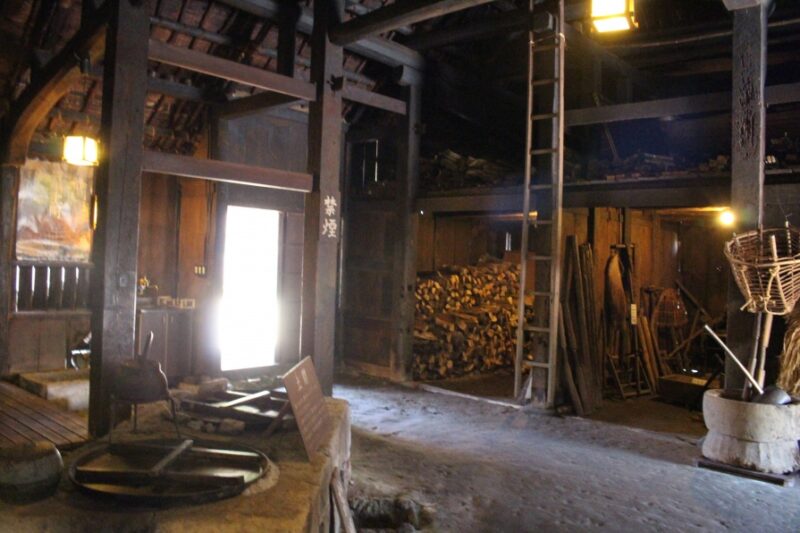
While some interpret this poem as a complaint about a bad experience, there are also many interpretations that suggest that Basho was moved by the fact that he kept horses on the dirt floor of his house in a snowy region and treated them like family members.
Former Ariji family residence <Information>
- Facility name: Former Ariji family residence (house of feudal lord)
- Location: 59-3 Sakaida, Mogami-cho, Mogami-gun, Yamagata Prefecture
- Phone number: 0233-45-2397
- Viewing hours: 9:00-17:00
- No regular holiday
- URL: Yamagata Prefecture official tourism website
Google Map
[Obanazawa] Basho stayed for a long time, happy to be reunited with the haiku poet he fell in love with
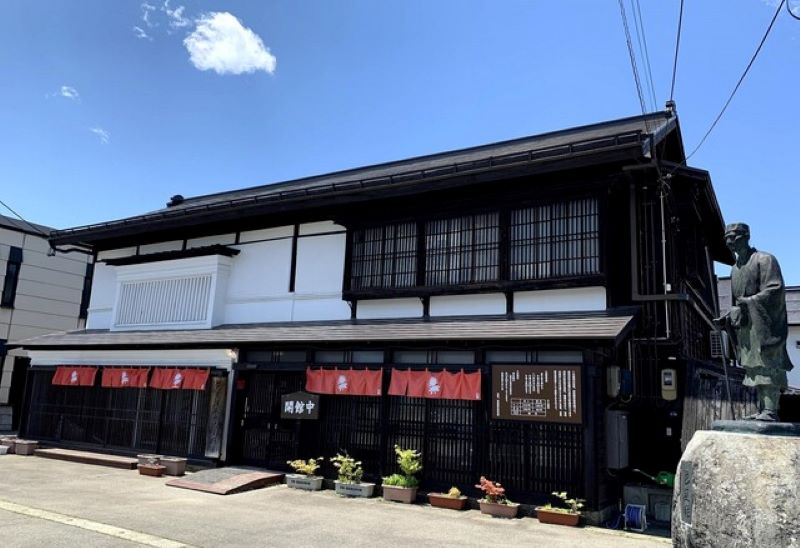
At the recommendation of a feudal lord from Sakaida, Basho and Sora hired a local young man as an escort and safely crossed the Natagiri Pass, where bandits appeared We arrived at the post town "Obanazawa"
Basho was welcomed by a fellow haiku poet, Suzuki Seifu (real name Suzuki Hachiemon), a large merchant representing Dewa's haiku community.
In his text, Basho describes his personality as, ``Although he was wealthy, he was not mean at heart, and he took great care of us on our long journey and entertained us by allowing us to stay for many days.''
Seifu also advised Basho to stay at Yosen-ji Temple, which had a nice view, because he was busy with the sericulture industry at its peak, and Basho and his friends were worried that they would be restless. Of the 10 nights in Obanazawa, Seifu stayed at Yosen-ji Temple for 7 nights.
As a token of gratitude for Seifu's hospitality, Basho included three poems (one by Sora) in the chapter on Obanazawa.
Make the coolness your home, Nemaruya (Basho)
``I feel at home in this cool inn,'' which is said to be a poem that expresses his gratitude for the hospitality of the fresh breeze and his sense of relief as he reflects on the difficult journey he had made over the mountains.
"Nemaru" means "relaxing" in the local dialect.
Let's crawl out (Haiideyo) The voice of the moth below the feeder (Basho)
It means, ``There's a toad calling out from under the kennel. Come crawl out here.'' The kenya is a silkworm hut, and the toad is a toad, representing the seasonal word of summer.
The scene in which Basho hears the voice of a troubled family member saying, ``Toads eat silkworms,'' tells the toad, ``Come out so I can see your face.''
Sweeping the eyebrows in the air and making beni flowers (Basho)
``When I look at safflower, I imagine the eyebrows that women use to make up.'' The meaning is ``When I see safflower, I imagine the eyebrows that women use to make up.'' The safflower is an ingredient in safflower that makes women's lips glossy, and the shape of safflower is likened to a makeup brush to evoke sexiness. It's a phrase that makes you feel.
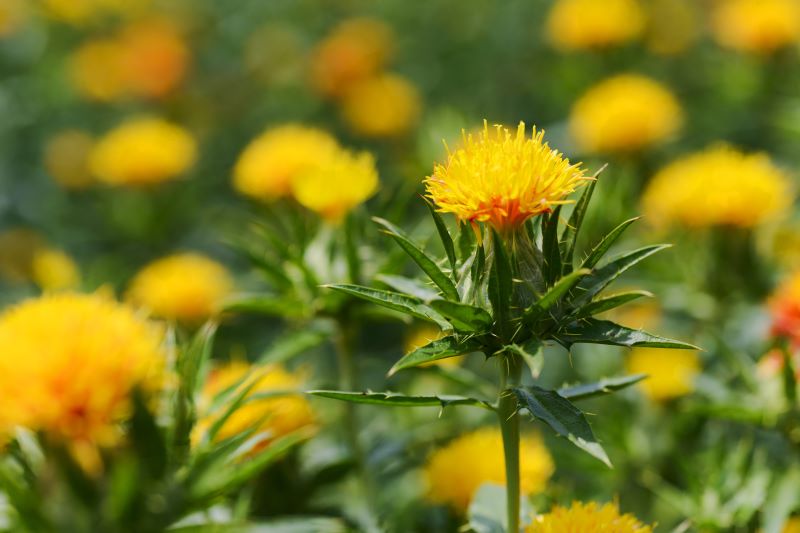
Seifu's business was selling safflower, a specialty of Yamagata, including Obanazawa.
Basho/Seifu History Museum<Information>
- Facility name: Basho/Seifu History Museum
- Location: 5-36 Nakamachi, Obanazawa City, Yamagata Prefecture
- Phone number: 0237-22-0104
- Business hours: 9:00-16:30 (March-October), 9:30-16:30 (November-February)
- Closed: Year-end and New Year holidays (December 28th to January 4th)
- URL: Obanazawa City Hall official website
Google Map
[Tateishiji Temple] Famous poems are left at Yamadera, one of the most sacred mountains in Mutsu
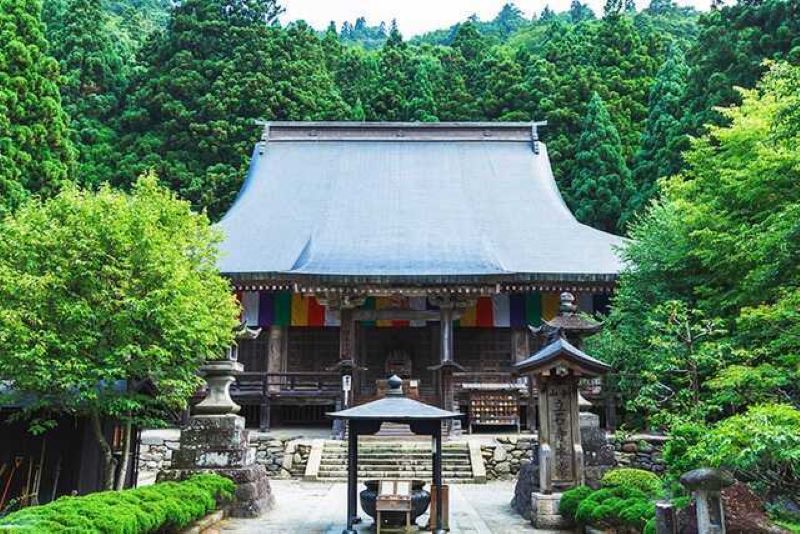
On May 27th (7/13), we bid farewell to Seifu and visited Ryushakuji Temple, also known as the ``Mountain Temple'', on Mt. Hojusan Asokawain, on the way to Yamagata City. I will stop by at Shakakuji.
Since it was already evening when the group arrived, they changed their plans and stayed overnight at a temple lodging.
This is a mountain temple where there are 1,015 stone steps leading from the Sanmon gate to the Okunoin Temple, which is at the top.It is famous for the soy sauce-flavored konnyaku skewered konnyaku that can be eaten at the souvenir shop on the approach.
Silence (Shizuka Saya) The sound of cicadas that penetrates the rocks
This haiku, which means ``Oh, how quiet it is, as if the sound of cicadas permeates the rock,'' is considered to be one of the best of Basho's haiku poems.
Basho wrote about Risshokuji Temple in the text as ``beautiful views and solitude,'' and this four-character idiom expresses a state of ``beautiful scenery and tranquility,'' and the silence purifies the mind.
Risshokuji Temple (Yamadera) <Information>
- Facility name: Mt. Hoju Risshakuji Temple (Mountain Temple)
- Address: 4456-1 Yamadera, Yamagata City, Yamagata Prefecture
- Phone number: 0236-95-2002
- Visiting hours: 8:00-16:00
- URL: Risshoji Temple official website
Google Map
【Detour to the back ⑤] How many haiku appear in the text? What is the merged low ear?
There is no difference in the number of haiku in the four original versions of ``Oku no Hosomichi'' ( 62) 50 by Basho and 11 by Sora, and there is actually only one haiku by a Mino merchant called ``Teiji'' (low ear). (There is a theory that there are 51 poems by Basho and 10 poems by Sora).
Hyomami's real name was Yasaburo Miyabe, and after they met in Sakata City, Yamagata Prefecture, he played an important role such as introducing him to accommodations, and it is believed that he was sent to support Basho by the Ogaki clan as they waited for Basho's arrival. There is a theory.
summary
Basho and his party had a difficult time crossing the mountain pass from Miyagi to Yamagata, as they were suspected of being suspicious at the checkpoint on the Miyagi side, and at the mountain pass they were stranded due to heavy rain.
Having arrived at Dewa after many hardships, the group heads from Yamadera to their next destination, Kisakata, but before that they stop at Dewa Sanzan, one of Japan's three major Shugendo temples.











![[Series: Tracing the narrow path of the depths ④] Arriving at Hiraizumi, the Pure Land of the three generations of Fujiwara Basho, a dream of Basho Oku no Hosomichi 4](https://jp.neft.asia/wp-content/uploads/2023/09/addf9e31ea8b62f6903d5ad9db53d39e-1-150x150.jpg)
![[Series: Following the narrow path to the back of the mountain ⑥] Go down the Mogami River and visit the Dewa Sanzan, one of Japan's three major Shugendo practices Oku no Hosomichi 6](https://jp.neft.asia/wp-content/uploads/2023/09/786c5389e81e05d443e2f0e37aae4289-1-150x150.jpg)
![[Serialization: Following the narrow road in the back part 7] The journey is finally coming to an end, from Dewa to Uzen, and then to Hokuriku Oku no Hosomichi 7](https://jp.neft.asia/wp-content/uploads/2023/10/ef46a9f4e23d51f52518cd66fade3cd6-1-150x150.jpg)
![[Serialization: Following the narrow path in the back part 2] After arriving in Miyagi Prefecture, Basho and Sora aim for Sendai, the capital of forests. Oku no Hosomichi 2](https://jp.neft.asia/wp-content/uploads/2023/09/f05201ee29d975b84ec437a8b76f2b98-150x150.jpg)
![[Serialization: Following the narrow path of the depths ③] After leaving Sendai, Basho and Sora arrive at Matsushima by boat from Shiogama. Oku no Hosomichi 3](https://jp.neft.asia/wp-content/uploads/2023/09/8d13d45bbc671b05b0b298bc51e72716-150x150.jpg)
![[Serialization: Following the narrow path in the back part 1] Your trip to Tohoku begins with "crossing the Shirakawa barrier" Oku no Hosomichi 1](https://jp.neft.asia/wp-content/uploads/2023/09/bf359c7fd6a5dbae7719b52ccd3b870b-1-150x150.jpg)
![Matsuo Basho was impressed by the legendary landscape of Kujukushima, the elephant, which is not seen now [Nikaho City, Akita Prefecture] Image of Kujukushima (Zogata)](https://jp.neft.asia/wp-content/uploads/2024/11/e07987a7f27f41ed4fd79661bf32afbc-150x150.jpg)
![[Chokaisan and Tobishima Geopark: Nikaho Edition (1)] Kujukushima, which is known alongside Matsushima, was landed in a major earthquake. 1999 Island Winter 1_Nikaho City Tourism Division](https://jp.neft.asia/wp-content/uploads/2024/10/9832b69b3165ff52241c17ad3f8bf591-150x150.jpg)
